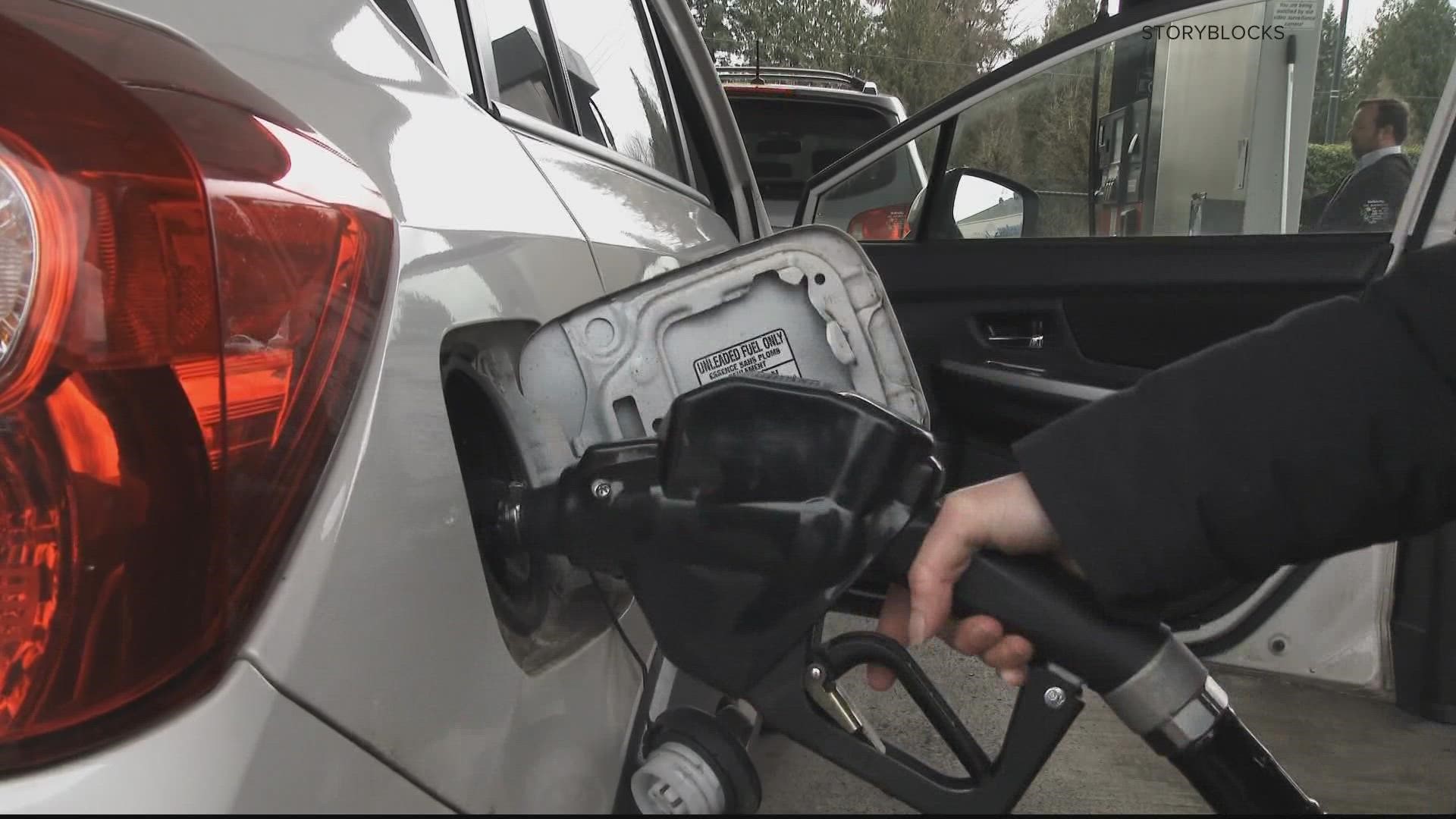WASHINGTON — It is officially December, and even with just weeks left in 2022, we know for many of you, that includes some travel days. So how do you decide when to drive and when to fly?
THE QUESTION:
What factors should you consider when planning to drive or to fly?
THE SOURCES:
- AAA’s Paula Twidale, Vice President of Travel
- AAA
- Energy Information Administration
- Industry group Airlines For America Data from analytics firm Cirium
- Federal Aviation Administration
WHAT WE FOUND:
You may have heard a rule of thumb about flying being the better option for trips longer than 6 hours, or driving anything less than 800 miles. It turns out, experts actually say it’s important to consider a variety of factors when planning for efficient travel.
How many people are traveling?
AAA’s Paula Twidale says those going alone or couples might have an easier time flying than a family or larger group, where driving might be more cost effective. But don’t forget to include costs of rental cars, parking, additional baggage fees and even pet-sitting or shipping when tallying up a trip.
“I always say do the math,” she said.
She also says it’s important to read the fine print on your airline ticket, checking not just for the best price but also for flexible terms, in case your plans change.
What about high gas prices and flight cancelations?
It has been a hectic year for travel, with high gas prices and widespread flight cancellations, so how might that factor into your year-end trip?
Twidale says: It's less of a factor than it has been.
If you’re still feeling the heat after those pricey summer road trips, the Energy Information Administration reports U.S. gas prices have cooled to reflect more typical costs for this time of year. Calculating an estimated gas price for the fuel ahead: AAA tracks fuel costs by county nationwide, so you can best plan your pit-stops.
Overbooked flights and staffing shortages led to headaches for airline passengers this summer, but industry group Airlines For America describes boosted efforts to hire*crewmembers, and data from analytics firm Cirium shows several major carriers have announced schedule adjustments to avoid last-minute cancellations.
“I think it's going to bode well for us during this holiday season, you'll see some improvements,” Twidale said.
Consider how much time you have to get where you’re going.
With AAA tracking major travel on the roads this holiday season, use a mapping tool like Google Maps to estimate the length of a road trip. Don’t forget to add in extra time for possible changing traffic conditions near major cities and during rush hour, or adjust departure time to reflect when you’re planning to leave.
The Federal Aviation Administration is also anticipating a jump in Christmas air travel, so build in some extra time for extra people along your route and in your security line.
Twidale says she expects possible severe weather events to be the biggest factor that could throw off travel plans, but otherwise it’s more like travel was before the pandemic.
“So plan ahead,” Twidale said.

